Recently, The New York Times released a list of what its arts critics deemed the 25 greatest actors of the 21st century. The list, which includes many incredibly talented actors like Oscar Isaac, Mahershala Ali and Julianne Moore, drew so much criticism that the Times released a follow-up piece explaining its rationale. While the list included a lot of diversity in ethnic and national background, with many non-American actors represented, many readers saw blatant exclusions in Meryl Streep, among others. In reading the list, I, too, found myself frustrated, but on behalf of all of us who were born and raised in the 21st century: where were all of the actors from our generation?
In my critique of The New York Times’s list, I will not attack any actor that was included on their list; while, I would have liked to see Lupita Nyong’o and Kirsten Dunst on the list, but my aim is not to take down any specific actors or advocate they be replaced with my personal favorites. Instead, I would like to highlight the broader issues with the way we value art in this century, and who has the power to assign that value.
Of all of the 25 actors on the list, only one is under 30 years old: Saoirse Ronan, 26, made the cut. Two actors are in their 30s, five in their 40s, five in their 50s, eight in their 60s and three are in their 70s. Of course it makes sense that much of this list would be populated by actors who have had long and rich careers, and more opportunities to show their acting chops, but given that this list is supposed to be the 21st century’s best, I would have liked to see more actors that weren’t, like Nicole Kidman or Denzel Washington, for example, equally famous in the ‘90’s. In fact, several of the article’s comments called the list “dated.”
Actors just starting their careers like Zendaya, Timothée Chalamet, Anya Taylor-Joy or Florence Pugh, who already have impressive performances under their belts and no doubt have more successful careers ahead of them, could have been included. It’s true that younger actors often don’t have the same body of work as older ones, but quantity doesn’t always trump quantity. And Timothée Chalamet, 24, for example, has been in more films than Rob Morgan, 47, and Kim Min-Hee, 38, who were on The Times’s list.
It feels like Saoirse Ronan was the token young person.
Additionally, the list was designed to “look beyond Hollywood” at artists from all over the world, and yet more than half on the list were American. It’s hard to believe that out of all of the actors in the world right now, American talent outnumbers all of the other countries combined. I applaud The Times for striving to represent our increasingly connected world, but ultimately the list still proved to be Americentric.
Further, The Times justified its controversial decision to include Melissa McCarthy, who apparently received a lot of criticism stating that this backlash came from “a prejudice of viewing comedy as lesser than drama.” And I think that’s a good view, because oftentimes comedy, which can be just as deep and intellectual as a drama, is written off for not being serious enough. But, given that logic, I was disappointed to see that The Times overlooked TV actors in their ranking.
The 21st century has often been described as the Golden Age of Television, with streaming services like Netflix, Hulu and Amazon Prime making binge-watching a common pastime. And these services have made TV profitable, after sinking huge investments into original content that is just as cinematographic and of equally high quality as films.
Why didn’t the Times include an actor who has performed exceptionally well on the small screen, like Julia Louis-Dreyfus, who went from her Seinfeld-fame to a fantastic performance as the lead character in “Veep” and has won 11 Emmys? Or Bryan Cranston, probably most famous for his role in “Breaking Bad,” for which he won three Emmys.
I was excited when I clicked on the headline, thinking I would see a list that represented my life. I was surprised to recognize only half of the names on the list. While it’s a treat to be exposed to new actors, it struck me as strange that someone who has lived her entire life in the 21st century wouldn’t find her favorite actors on this list. I’m not saying this list should have been one teen heartthrob after another, but I would like to have seen a list that reflects the times we live in and the culture we are now making and consuming.
For years, the Oscars have been criticized for celebrating the same types of art and artists, for example, by the #OscarsSoWhite campaign. But, beyond that, there are complaints about the predictability of the winner of “best picture.” And while it was refreshing when “Roma,” a Netflix original movie, was nominated for best picture and won best cinematography, director and foreign film, it was nonetheless controversial. And it was the same last year, when Parasite made waves as the first foreign film to win best picture.
In recognizing what art we should celebrate, we should try to step outside of traditional expectations and paradigms. However, in coming up with its list, The New York Times seems hopelessly stuck in the past. Given the uncertainty about the future of film resulting from the pandemic, with movie theatres losing business and Warner Brothers releasing all of this year’s films on HBO, we shouldn’t be clinging to the traditional modes of production and consumption. Instead, we should celebrate fresh voices, new talent and innovative, creative ways of reaching and moving audiences of all ages.
Finally, if you don’t put Meryl Streep on your 25 actors best list, there’s something wrong with your list.

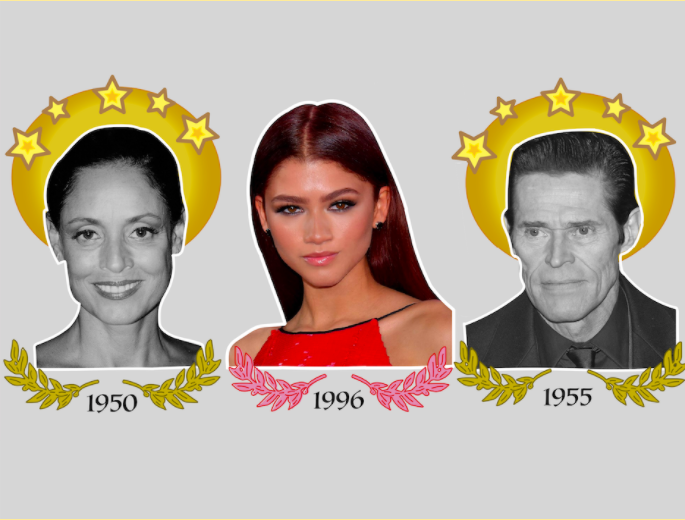



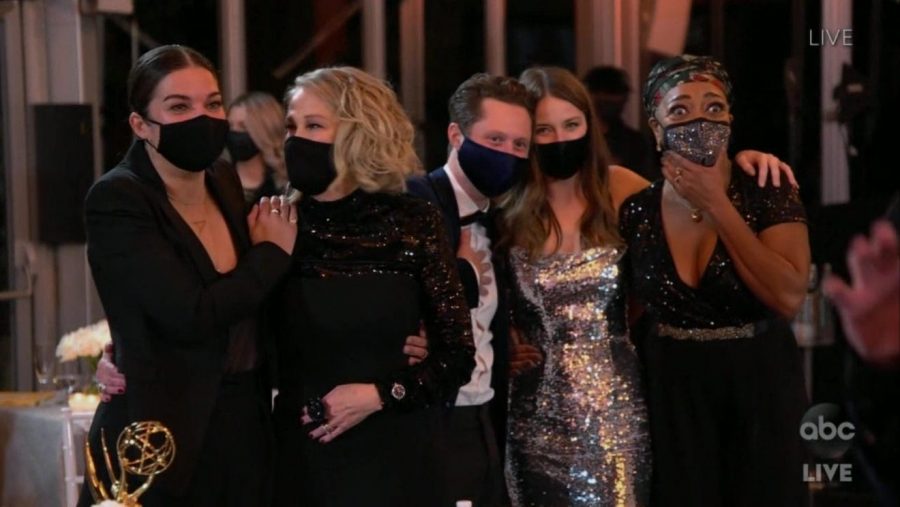
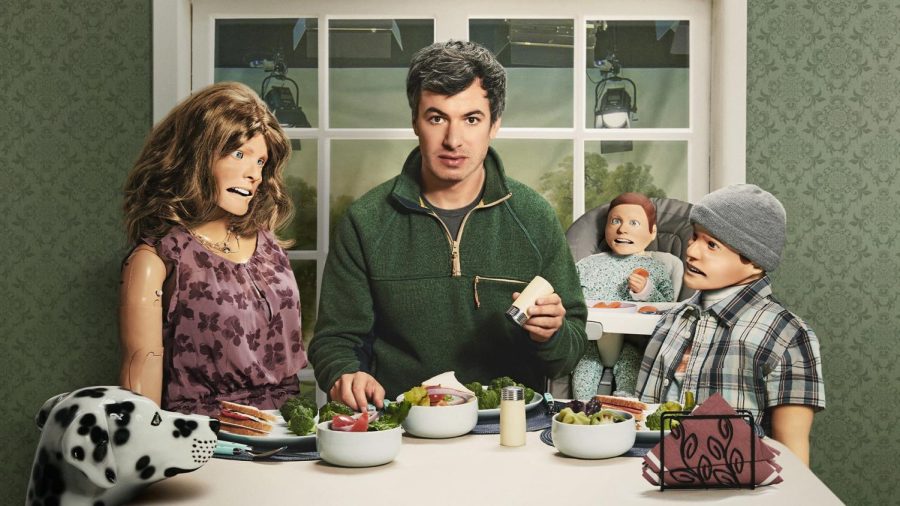
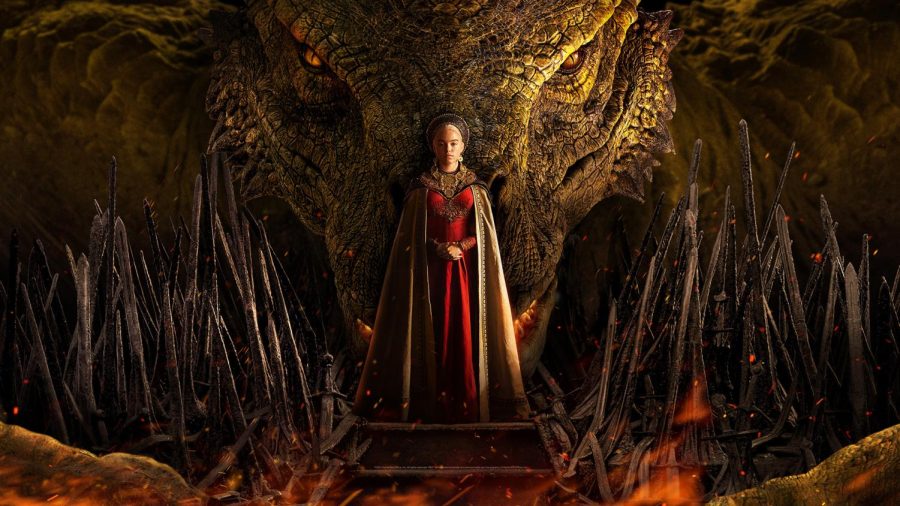
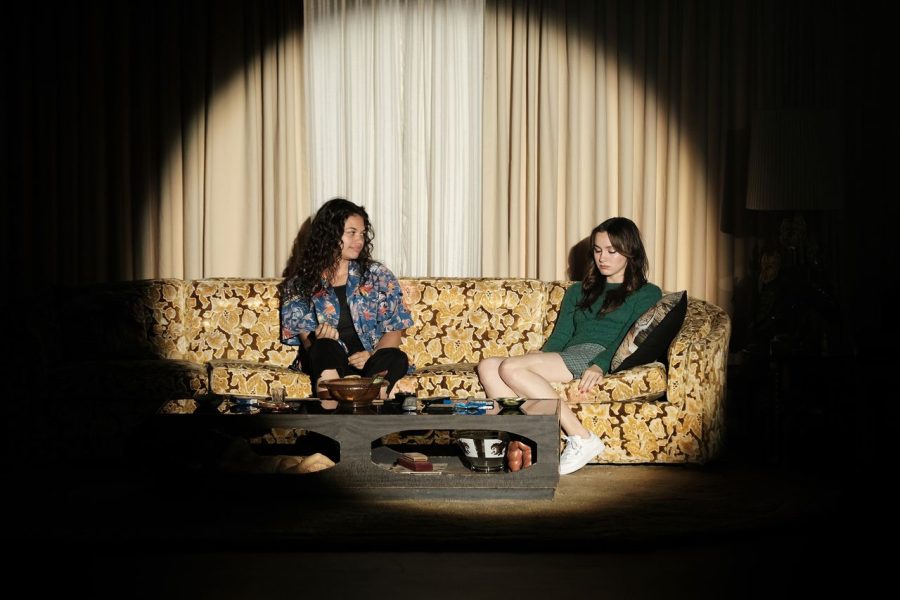
VU Soph (She/Him/Zirs) • Dec 14, 2020 at 8:01 am CST
Diversity is more important than merit.